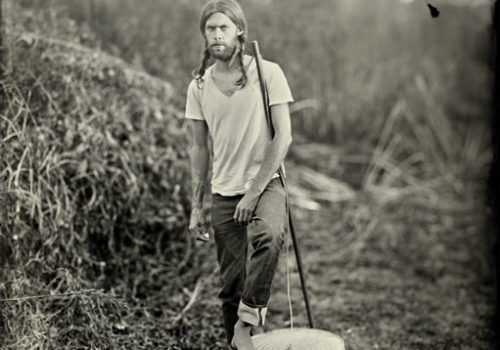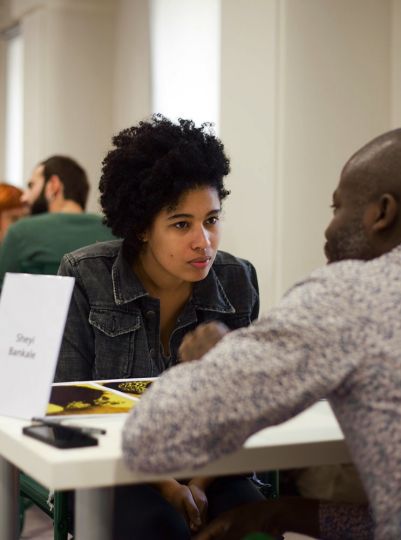A fiddle wails, a boot taps the wooden floor. A mandolin, a banjo, a washboard, and a guitar come crashing in, and suddenly the air is alive with music.
Traditional Appalachian folk music is a lyrical history of America. The songs are passed down from one generation to the next. Many songs were passed on through the region during the Civil War, often by travelling soldiers. The music is influenced by the culture of early immigrants in America – traces of Africa, Ireland, Scotland, and England meld together and reflect the cultural melting pot of the American people. Played on porches, at dances, and in church meetings, the melodies are simple, and the lyrics often resonate with stories of work, slavery, farming, of war, and death, and love, and god.
I photograph musicians who are practitioners of traditional American music using the tintype photographic process, a popular and affordable photographic process from the late 1800s. The tintype process utilizes an on-site darkroom and an antiquated camera which has been outfitted for the process. The tin is hand-coated and sensitized, exposed and developed on-site. My travelling darkroom is located in the back of my pickup truck. I utilize this process for its historical significance to the subject matter – the popularity of tintypes and the spreading of folk music through the Appalachian region both occurred largely during the late 1800s. The affordability of the tintype process also made it accessible to the average American.
Parked within earshot of the musicians, my darkroom resonates with song. A lonesome banjo floats along the breeze, carrying with it the echoes of early America.

















